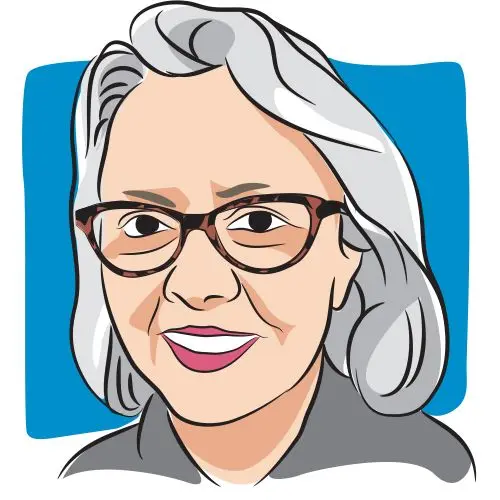Article
Using Genetics to Predict Venous Thromboembolism Risk in Breast Cancer Patients
Author(s):
Genetics testing may help providers know which patients with breast cancer are at higher risk for venous thromboembolism (VTE).
Genetic testing is expanding in the field on oncology, leading to more personalized treatments and predicting individuals’ risk for cancer. It can also be used to determine someone’s potential risk for certain complications and when is the right time to take preventative measures.
A recent study found that chemotherapy status and genetic susceptibility could be used to stratify the risk of venous thromboembolism (VTE) in patients receiving chemotherapy for their breast cancer—a serious and potentially fatal complication.
Stratifying Risk for Venous Thromboembolism
Preventive treatment for VTE includes low molecular weight heparin, but because of the risk of bleeding with the anticoagulant, it is not recommended for patients who are undergoing chemotherapy. Being able to risk-stratify patients to target those who are at highest risk for developing VTE would enable clinicians to be more selective and effective in deciding when to administer thromboprophylaxis.
This study by researchers at the Karolinska Institute in Stockholm, Sweden, examined 4,261 women who were diagnosed with primary invasive breast cancer between the years 2001 and 2008 and monitored them through 2012. Patients were stratified based on potential risk of VTE, taking chemotherapy status and genetic susceptibility into account.
During a median follow-up period of 7.6 years, a total of 276 patients had experienced a VTE event.
To determine genetic susceptibility, researchers used a polygenic risk score (PRS). The PRS considered nine genetic variants, including factor V Leiden, a mutation in one of the clotting factors in the blood. The researchers classified patients with a PRS in the top 5 percent to have high genetic susceptibility.
Although the Mayo Clinic reports that most people with factor V Leiden do not develop abnormal blood clots, among those who do, it can create long-term, potentially life-threatening health problems.
Researchers reported the total cumulative incidence of VTE in one year for patients who were both receiving chemotherapy and had high genetic susceptibility was 9.5 percent, whereas patients who were not receiving chemotherapy and had a lower genetic susceptibility had a 1.3 percent total cumulative incidence of VTE.
The study discovered that both chemotherapy and genetic susceptibility acted independently on the risk of VTE.
VTE Risk Higher in Older Patients After Chemo
Additionally, the impact of a higher PRS was more pronounced in older patients; the cumulative incidence of VTE was 25 percent in patients who had chemotherapy, a high genetic susceptibility, and were aged 60 years or older.
“Combined with other clinical risk factors and biomarkers, these findings will guide future studies evaluating routine VTE risk assessment in chemotherapy outpatients, and prophylaxis for those at highest risk,” Judith S. Brand, Ph.D., a postdoctoral researcher at Karolinska Institute and lead author of the study, said in a statement.
“Because older patients demonstrated a stronger genetic effect and higher VTE incidence, this group requires special attention in future risk stratification efforts,” she added.
In the future, Brand suggested studies that are larger scale, with more patients who are older, had chemotherapy, and a high genetic susceptibility. This would allow future researchers to make more precise risk estimates. Brand also recommended further testing of thromboprophylaxis and its risks and benefits in patients with cancer at high-risk for VTE.
Brand J, Hedayati E, Humphreys K, et al. Chemotherapy, genetic susceptibility, and risk of venous thromboembolism in breast cancer patients. Clin Cancer Res. 2016;22(21):5249-5255.
















